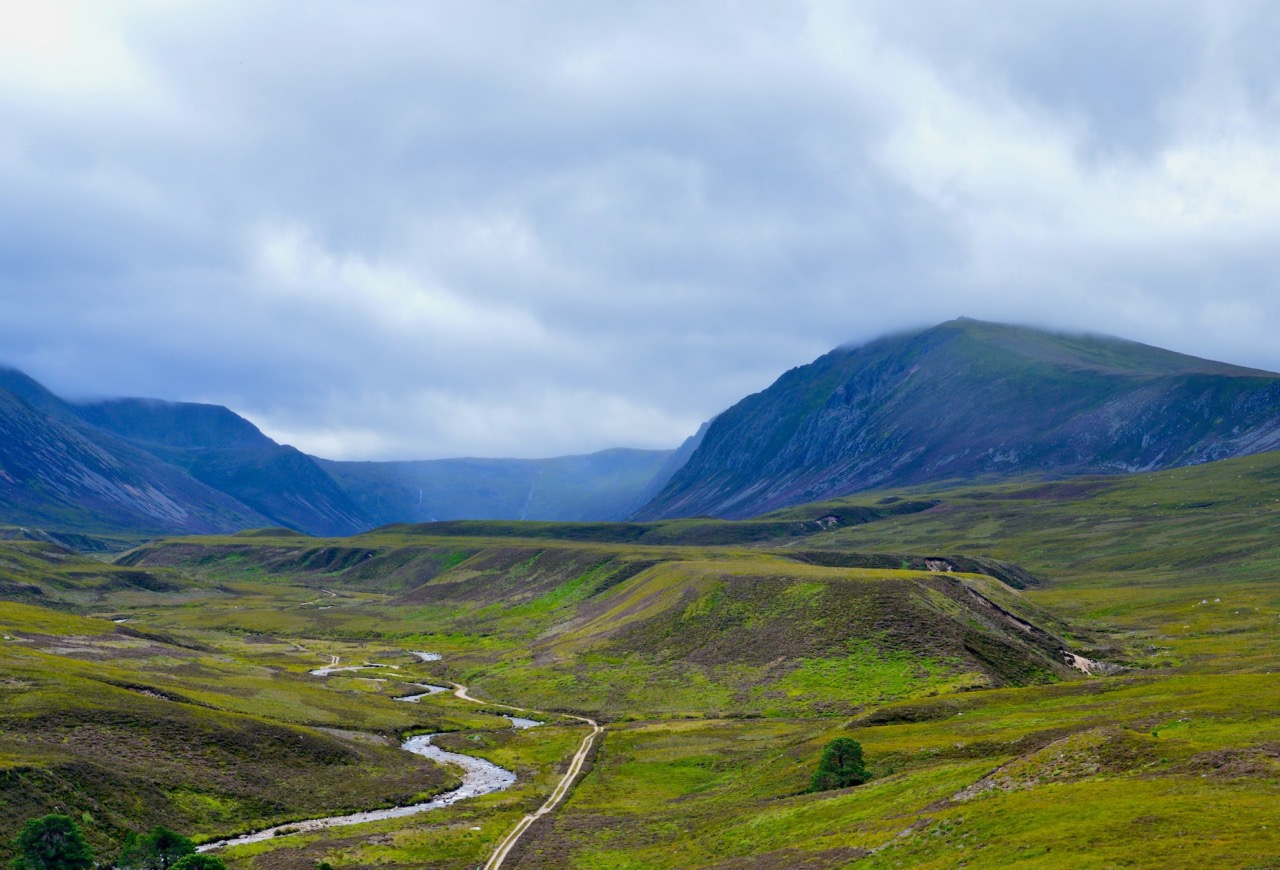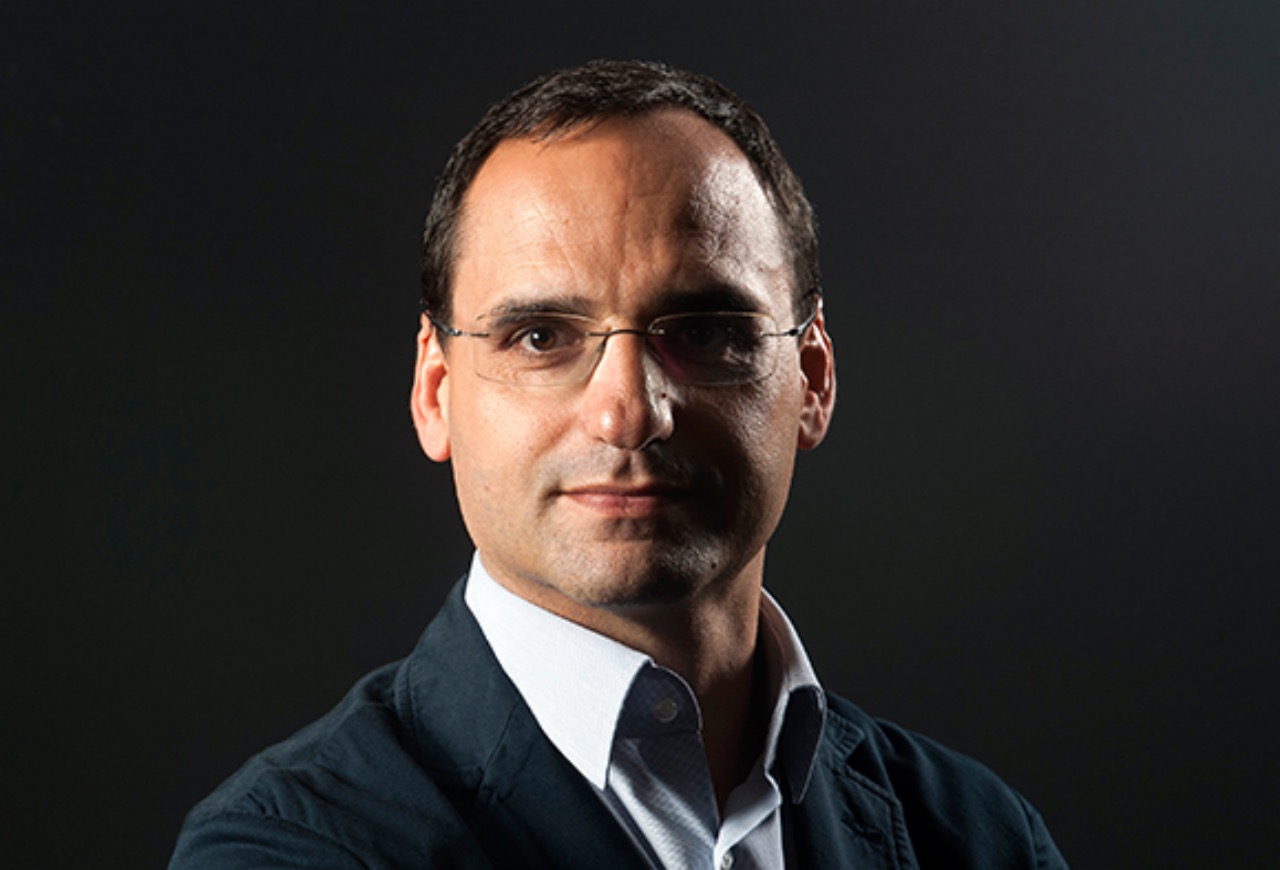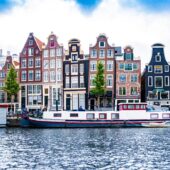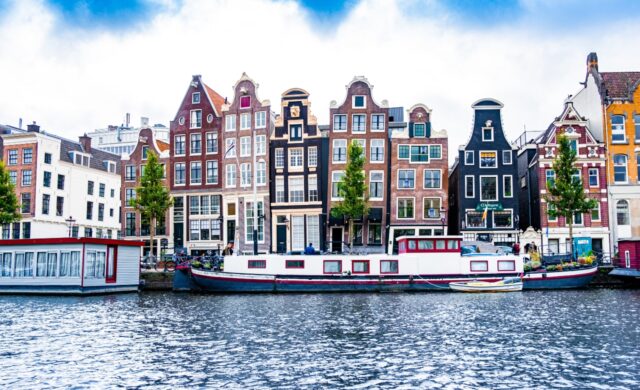José María Ortiz, head of the impact investment division at consultancy Palladium, believes nature-based solutions will become a much larger part of investors’ portfolios

In brief
- Palladium offers project management with social impact expertise
- Nature-based solutions are now the largest part of its impact division’s work as people realise it offers the best carbon storage potential available at present
- There are lessons to be learnt as investors grapple with this new asset class. “I believe in the future nature-based solutions will be a much larger part of investors’ portfolios.”
Palladium is somewhat different to other management consultants in having a clear focus on development projects. Employees will be embedded for several years in large scale client programmes. Clients are mainly governments, including the UK and US governments, and large multinationals.
The firm employs around 3,500 people, working in 90 different countries, with a strong presence in sub-Saharan Africa, Latin America, the Middle East, and Southeast Asia.

The impact investment division is led by José María Ortiz who talks to Impact Investor about the three main areas in which the company is involved in impact investing.
The first one is microfinance which was the foundation of the impact division and still represents around 30% of its projects. Secondly, 10% of projects are around access to energy in emerging markets where “a lot of the issues are very similar to the microfinance division”, Ortiz says.
And finally, and by far the largest part of their impact investing work, is nature-based solutions for tackling climate change. this area represented around 20% of projects three or four years ago but now accounts for 60% of what Palladium’s impact investment team does.
“We have a deep knowledge in this area particularly regarding forestry protection and how to deploy capital in nature-based solutions,” Ortiz says. “Nature-based solutions is very much core to what we do.”
Why nature-based solutions?
In his opinion, people have realised that “climate change is humanity’s biggest challenge and at the moment we have only two options in fighting it. We can either generate less emissions or we can seek to store carbon”.
The main storage solution available at present is nature because other carbon removal technologies are still at an early stage.
As an asset class, nature-based solutions are still new and very different to what investors are used to. It often involves new geographies and new kinds of risk, and projects are much longer term.
Ortiz says: “Projects need to be viable for up to 30 years and, in this regard, the risks associated with opposition from local communities are something that are often difficult for investors to get their minds around.” It is this last factor which Palladium specialises in advising on.
“While financial modelling may take up a lot of our time, it is our deep local knowledge that is the most important contribution we can make to any project. People live in nature. With any project we are involved in there is always a community – people living all around what we do ensures its success or failure.”
Palladium mainly works in forestry and peat land restoration. In the UK, and in partnership with National Parks, it is involved in the massive Revere projects launched last year to enable the restoration of natural habitats at scale with private capital. The projects generate revenue through the sale of ecosystem services, creating new income streams for farmers and landowners seeking to improve the quality of landscapes and support biodiversity.
The partnerships demonstrate burgeoning corporate support for the creation of a sustainable funding model that aims to raise £240m by 2030 for peatland, woodland, wetland and grassland restoration in all fifteen National Parks. Initial private sector funders include financial services provider Santander UK, Gatwick Airport, The Estée Lauder Companies, and Capita.
Restoration of peat land in the Cairngorms, Scotland, is a major plank of the project. Ortiz says: “Peatland is the most efficient carbon storage available. Existing agricultural practice and over grazing have degraded peatland in the UK and action in this area is a major part of the UK’s strategy for fighting climate change.”
In approaching projects Palladium defines a theory of change and concentrates on three different types of outcomes: measuring the carbon effect, looking at the biodiversity gains, and assessing the social impact.
Ortiz says there are multiple stakeholders that need to be considered when it comes to any landscape. “There are often competing interests between the different owners of land whether they are small holders, big companies, or government. Alignment of stakeholders in the landscape is therefore our biggest challenge.”
What can we learn from carbon pricing?
In approaching this new asset class, what can we learn from carbon pricing and its faults? Ortiz stresses it is important to remember that “carbon pricing was the first time we were able to put a value on something in nature. It’s extremely valuable to have a tradable asset which is priced”.
At the same time, he admits people have started to look at the whole carbon credits market with suspicion. “But what I believe is that this is simply because the asset class lacks maturity. What we need to do is to make it more reliable. There are different methodologies and different standards, and this has created volatility,” he says.
Ortiz believes reliability will come about through greater capital flows and stronger policy commitments. These will reduce the volatility in price and lead to greater standardisation.
“I believe in the future nature-based solutions will be a much larger part of investors’ portfolios. Natural capital will sit alongside its sister class infrastructure. This is something I’m absolutely sure about.”





